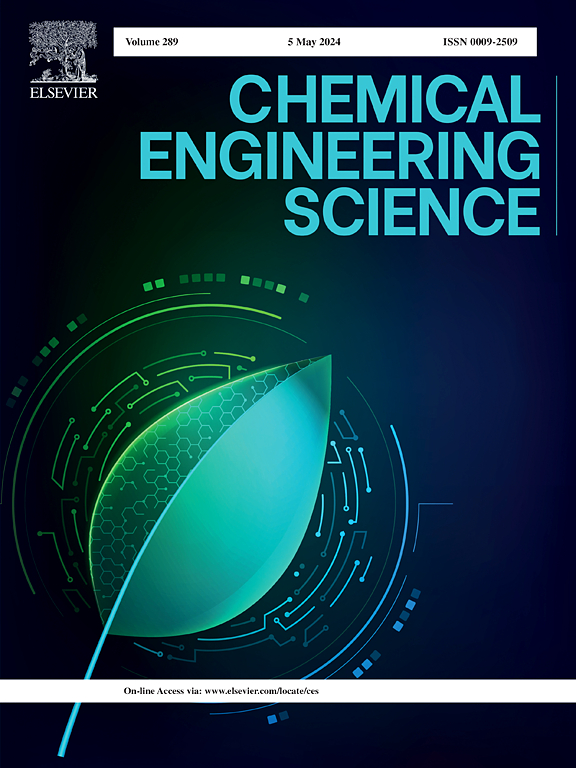Exploring Cu-oxide and Mn-oxide impregnated biochar nanocomposites for sustainable chromium removal from water: Reusability and kinetic studies
IF 4.1
2区 工程技术
Q2 ENGINEERING, CHEMICAL
引用次数: 0
Abstract
The present study aims to evaluate the potential of Sesbania bispinosa biochar (SBBC) and its nanocomposites, SBBC/Mn-oxide, SBBC/Cu-oxide and SBBC/Mn-oxide/Cu-oxide for Cr removal from contaminated water. Fourier-transform infrared spectroscopy (FTIR), scanning electron microscopy (SEM), energy-dispersive X-ray spectroscopy (EDX) and point of zero charge (PZC) were employed. Impact of initial Cr concentration (25–200 mg/L), pH levels (2–8), adsorbent dose (1–3 g/L), contact time (15–180 min), and coexisting ions in water were investigated. The highest Cr adsorption (75 mg/g) was achieved with triple nanocomposite (SBBC/Mn-oxide/Cu-oxide), followed by dual SBBC/Cu-oxide (59.65 mg/g), SBBC/Mn-oxide (44.9 mg/g) composites, and SBBC alone (37.4 mg/g). The coexisting ions showed a decline in Cr removal. Reusability results revealed a slightly lower Cr removal (8 %) with SBBC/Mn-oxide/Cu-oxide nanocomposite in the fifth cycle. The experimental adsorption data were well-explained through Freundlich and pseudo-second-order kinetic models. It is concluded that nanoparticle-biochar composites are effective for remediating Cr-contaminated water.求助全文
约1分钟内获得全文
求助全文
来源期刊

Chemical Engineering Science
工程技术-工程:化工
CiteScore
7.50
自引率
8.50%
发文量
1025
审稿时长
50 days
期刊介绍:
Chemical engineering enables the transformation of natural resources and energy into useful products for society. It draws on and applies natural sciences, mathematics and economics, and has developed fundamental engineering science that underpins the discipline.
Chemical Engineering Science (CES) has been publishing papers on the fundamentals of chemical engineering since 1951. CES is the platform where the most significant advances in the discipline have ever since been published. Chemical Engineering Science has accompanied and sustained chemical engineering through its development into the vibrant and broad scientific discipline it is today.
 求助内容:
求助内容: 应助结果提醒方式:
应助结果提醒方式:


